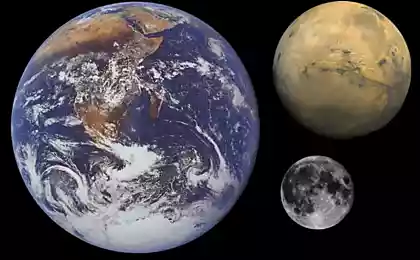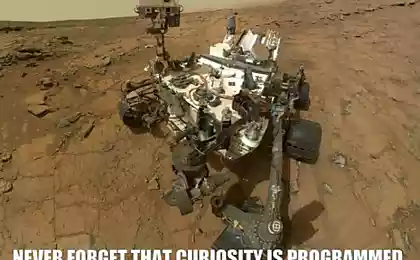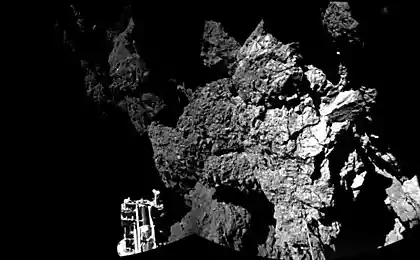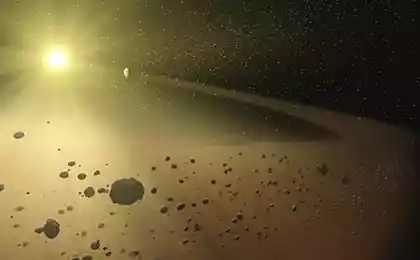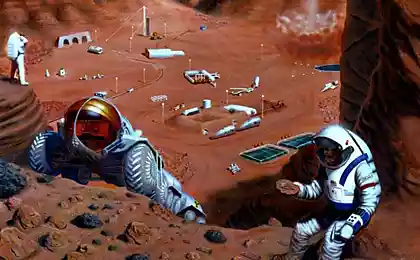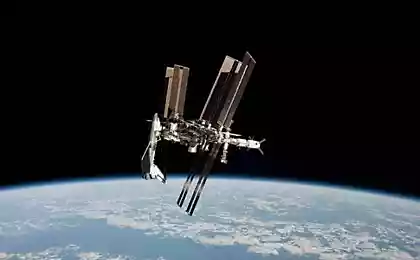559
NASA probe made out of "Mars-3"
4 photos and text
NASA probe Mars saw its Soviet "great-grandfather»
Automatic station "Mars-3" was launched to Mars May 29, 1971, and on December 2 lander it entered the planet's atmosphere and landed safely - the first ever and only in the Soviet Mars program. The probe began to transmit information, but at 14, 5 seconds, the connection was broken.
©
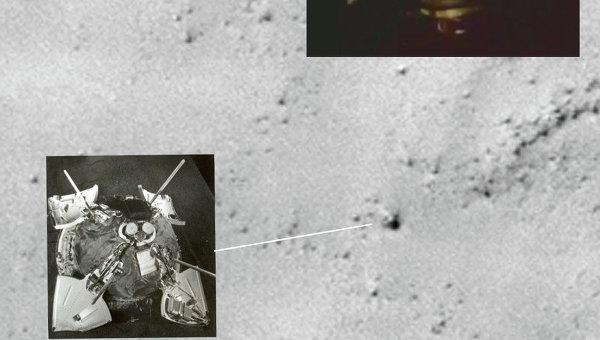
Russian Space enthusiasts and NASA specialists found the photographs of the Martian surface the Soviet probe "Mars-3" landed on the planet in December 1971.
Automatic station "Mars-3" was launched to Mars May 29, 1971, and on December 2 lander it entered the planet's atmosphere and landed safely - the first ever and only in the Soviet Mars program. The probe began to transmit information, but at 14, 5 seconds, the connection was broken. According to experts, e-filling unit was "killed" by static electricity that builds up in the extremely dry conditions of Mars.
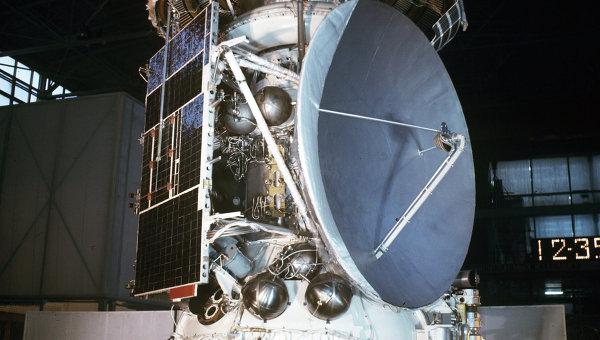
In December 2012 the creator of a community dedicated to the rover Curiosity in the social network "Vkontakte", Vitaly Egorov found in the photographs of the probe MRO (Mars Reconnaissance Orbiter) object, very similar to the Soviet station. He was almost at the point that as the landing site pointed Soviet designers - 45 degrees south latitude, 158 degrees west longitude. Egorov contacted Professor of the Institute of Geochemistry and Analytical Chemistry, Vernadsky Alexander Bazilevsky, brokered by which NASA March 10 this year organized a re-shoot with MRO.
The pictures with a resolution of about 25 centimeters per pixel are distinctively resettable bar with soft landing engines, brake cone parachute and the lander itself of about 1, 5 meters. NASA noted that the location of these parts "amazing as expected for" Mars-3 ", but can not yet be ruled out alternative explanations».
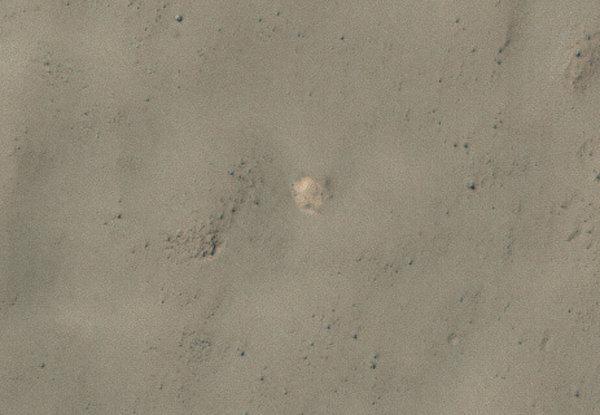
"Images of the Martian surface are accessible to everyone. I was wondering myself, and I wanted to show that Mars may be a researcher each, enough to make a little effort and have access to the Internet. More importantly - to remind the younger generation that we too "on the dusty paths of far planets" left traces, and now a lot of talk about the achievements of NASA, and its history is forgotten, "- told RIA Novosti Egorov.
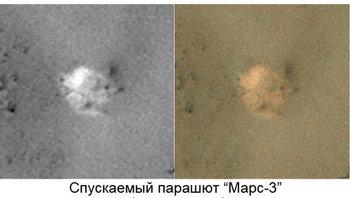
Source:
NASA probe Mars saw its Soviet "great-grandfather»
Automatic station "Mars-3" was launched to Mars May 29, 1971, and on December 2 lander it entered the planet's atmosphere and landed safely - the first ever and only in the Soviet Mars program. The probe began to transmit information, but at 14, 5 seconds, the connection was broken.
©

Russian Space enthusiasts and NASA specialists found the photographs of the Martian surface the Soviet probe "Mars-3" landed on the planet in December 1971.
Automatic station "Mars-3" was launched to Mars May 29, 1971, and on December 2 lander it entered the planet's atmosphere and landed safely - the first ever and only in the Soviet Mars program. The probe began to transmit information, but at 14, 5 seconds, the connection was broken. According to experts, e-filling unit was "killed" by static electricity that builds up in the extremely dry conditions of Mars.

In December 2012 the creator of a community dedicated to the rover Curiosity in the social network "Vkontakte", Vitaly Egorov found in the photographs of the probe MRO (Mars Reconnaissance Orbiter) object, very similar to the Soviet station. He was almost at the point that as the landing site pointed Soviet designers - 45 degrees south latitude, 158 degrees west longitude. Egorov contacted Professor of the Institute of Geochemistry and Analytical Chemistry, Vernadsky Alexander Bazilevsky, brokered by which NASA March 10 this year organized a re-shoot with MRO.
The pictures with a resolution of about 25 centimeters per pixel are distinctively resettable bar with soft landing engines, brake cone parachute and the lander itself of about 1, 5 meters. NASA noted that the location of these parts "amazing as expected for" Mars-3 ", but can not yet be ruled out alternative explanations».

"Images of the Martian surface are accessible to everyone. I was wondering myself, and I wanted to show that Mars may be a researcher each, enough to make a little effort and have access to the Internet. More importantly - to remind the younger generation that we too "on the dusty paths of far planets" left traces, and now a lot of talk about the achievements of NASA, and its history is forgotten, "- told RIA Novosti Egorov.

Source:
